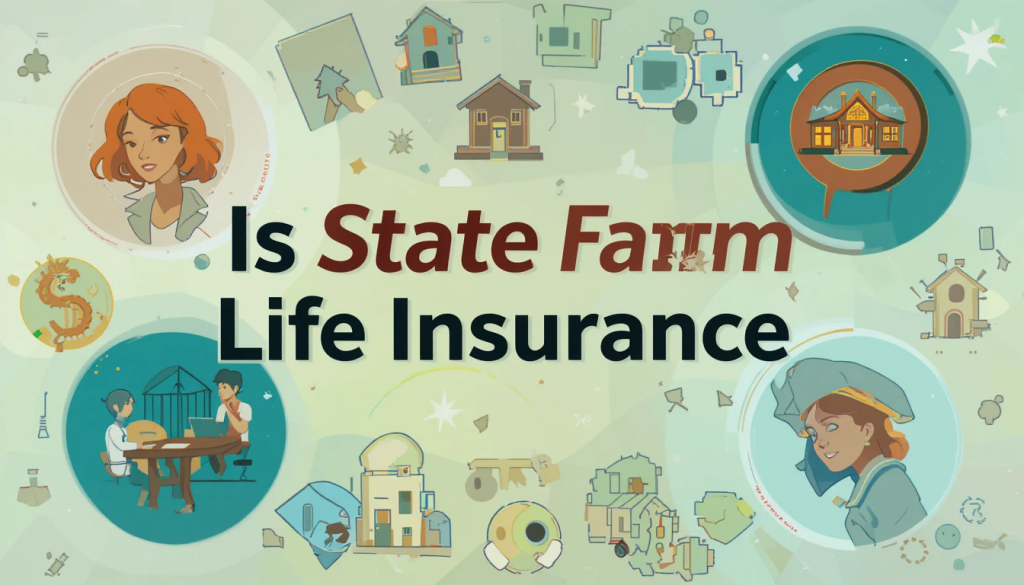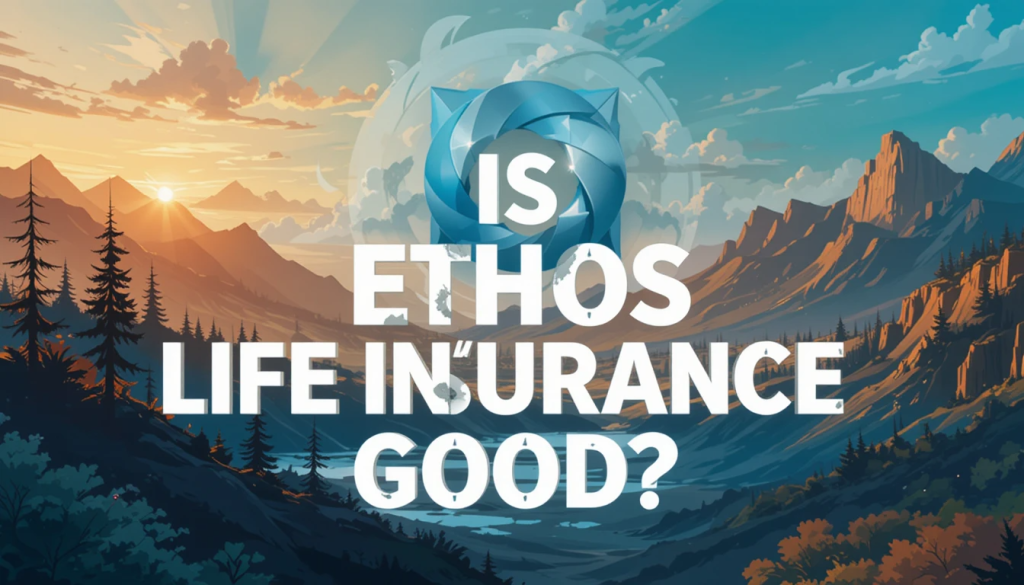Living in a van offers unmatched freedom and adventure. Whether you’re exploring national parks or working remotely from a scenic campsite, your van is more than just a vehicle—it’s your home. But with this unique lifestyle comes the need for specialized insurance.
Van life insurance protects your mobile home, covering the vehicle, its customizations, and your personal belongings. This comprehensive guide explains why van life insurance is different, the types of coverage available, how to get insured, and tips to save money, ensuring you hit the road with confidence.
Table of Contents
Why Van Life Insurance is Different
When you convert a van into a livable space, its value skyrockets. A basic van, such as a Ford Transit, costing $55,000, might have $100,000 in upgrades—think solar panels, a kitchen, or a cozy bed. This makes your van worth much more than a standard vehicle.
However, adding a converted van to a regular auto insurance policy is a common mistake. Auto insurance typically covers only the vehicle’s base value, which depreciates over time.
If an accident or theft occurs, you might receive far less than your van’s actual worth, leaving you with a significant financial loss.
For example, if your $155,000 van (base plus conversion) is insured under a standard auto policy, you might only get $48,500 after depreciation and deductibles.
Van life insurance, often in the form of RV insurance, addresses this by covering both the vehicle and its custom interior.
It also protects personal belongings, such as laptops or camping gear, which are essential to your lifestyle. This specialized coverage ensures you’re not left stranded if something goes wrong.
Types of Insurance for Van Life
Choosing the right insurance depends on how you use your van and the extent of its modifications. Here are the two main types of insurance to consider:
Auto Insurance
Auto insurance covers the van as a vehicle but doesn’t account for interior modifications or personal items. It’s suitable for vans used primarily for transportation with minimal conversions. However, for van lifers who have invested heavily in their setup, auto insurance often falls short, leaving customizations and belongings unprotected.
RV Insurance
RV insurance, specifically for Class B vehicles (camper vans), is designed for vans used as living spaces. It covers the vehicle’s exterior, interior modifications, and personal belongings.
This is the preferred choice for most van lifers, especially those living in their vans full-time or part-time. RV insurance can be tailored to your needs, whether you’re a weekend adventurer or a full-time nomad.
DIY vs. Professional Conversions
Insurance also varies based on whether your van is a DIY or professional conversion:
- DIY Conversions: These are harder to insure because insurers may question the quality or safety of non-standard modifications. You’ll need detailed documentation, like receipts, invoices, and photos, to prove the value of your work. Some insurers, such as Progressive, cover DIY conversions, while others may not.
- Professional Conversions: Vans built by companies like Outside Van or Storyteller Overland are easier to insure. They come with professional documentation and warranties, making it more straightforward to establish value. Insurers like Roamly or Foremost often prefer these builds.
How to Insure Your Van for Living
Getting the right insurance for your van involves a few key steps. Here’s how to ensure your van is covered correctly:
Step 1: Retitle Your Van as an RV
In many states, reclassifying your van as a Class B recreational vehicle can make it easier to get RV insurance. This process varies by state, so please check with your local Department of Motor Vehicles (DMV). For example, in California, you can use Form REG 256A (California Department of Motor Vehicles) to retitle your vehicle. Retitling may also lower premiums in some cases, although not all insurers, such as Progressive, require it.
Step 2: Find a Specialty Insurance Provider
Not all insurance companies understand the needs of van lifers. Look for providers specializing in RV or van life insurance, such as:
- Progressive (Class B Camper Van Insurance): Offers coverage for both DIY and professional conversions, with policies starting as low as $125 per year for liability.
- Roamly: Caters to van lifers and offers policies for those renting out their vans on platforms like Outdoorsy
- Good Sam, National General, or Foremost: These are also known for RV insurance and may cover converted vans.
- Just Kampers Insurance (Van Life Insurance): Specializes in full-time van dwellers, with policies starting at £275 per year and coverage for self-built vans.
Compare quotes from multiple providers to find the best fit for your budget and lifestyle.
Step 3: Provide Detailed Documentation
Insurers need to know the value of your van, especially if it has undergone custom conversions. Provide:
- Receipts and invoices for parts and labor.
- Photos of the interior and exterior.
- A detailed list of modifications, such as solar panels or plumbing.
- Proof of No Claims Bonus or driving history, if applicable.
This documentation helps insurers accurately assess your van’s value, ensuring you’re not underinsured.
Coverage Options
Van life insurance offers a range of coverage options to protect your vehicle, belongings, and lifestyle. Here’s a breakdown of the most common types:
| Coverage Type | Description | Why It’s Important |
| Liability Coverage | Covers damages or injuries you cause to others while driving. | Required in most states; protects you from legal and financial liability. |
| Comprehensive Coverage | Protects against theft, vandalism, weather damage, or animal collisions. | Essential for safeguarding your van from non-accident-related damages. |
| Collision Coverage | Covers repairs for accidents with other vehicles or objects. | Crucial for covering repair costs if you’re at fault in an accident. |
| Personal Belongings Coverage | Insures items inside your van, like clothes, electronics, or camping gear. | Protects your possessions, with limits up to $2,000 or more. |
| Pet Injury Coverage | Covers vet bills (e.g., up to $1,000 with Progressive) if your pet is injured in an accident. | Ideal for van lifers traveling with pets. |
| Roadside Assistance | Covers flat tires, towing, or fuel delivery. | Ensures you’re not stranded on the road. |
| Emergency Expenses | Covers hotel or meal costs if your van becomes unlivable. | Provides support during unexpected situations. |
| Agreed Value | Pays a preset amount for a total loss, rather than the depreciated value. | Ensures you recover the full value of your van and conversions. |
Full-Time vs. Part-Time Coverage
If you live in your van for more than six months a year, you’ll need full-time RV insurance, which is more comprehensive. Part-time coverage, such as vacation liability, is suitable for those who use their van for shorter periods. Some insurers may not cover full-time van lifers, so please confirm with your provider.
International Travel
If you plan to travel outside your home country, such as to Mexico or Europe, you may need additional coverage. For example, Progressive includes Mexico physical damage coverage with comprehensive and collision policies; however, a separate Mexico liability policy is required. Just Kampers offers EU coverage for 30, 60, or 90 days (European Driving Cover).
Tips for Saving on Van Life Insurance
Insurance costs can add up, but there are ways to keep premiums affordable:
- Look for Discounts: Many insurers offer discounts for:
- Multi-policy holders (e.g., bundling van and home insurance).
- Safe driving records.
- Homeowners, even if you don’t own a traditional home.
- Limited mileage is available, with some providers, such as Just Kampers, offering up to 50% off (Van Life Insurance).
- Choose Agreed Value: Opt for an agreed value policy to ensure you’re fully compensated for your van’s worth in case of a total loss, rather than the depreciated actual cash value.
- Compare Quotes: Shop around with multiple providers to find the best rates. For example, Progressive starts at $125 per year, while Just Kampers begins at £275.
- Limit Mileage: If you don’t drive long distances, inform your insurer to qualify for lower premiums.
- Maintain a Clean Driving Record: Avoid accidents and tickets to keep your rates low.
Common Mistakes to Avoid
To ensure you’re fully protected, steer clear of these pitfalls:
- Adding Your Van to a Regular Auto Policy: This can lead to underinsurance, as auto policies don’t cover conversions or belongings.
- Assuming Your Current Insurer Knows Best: Many standard insurers aren’t equipped to handle van life policies. Seek out specialty providers.
- Neglecting to Retitle Your Van: Retitling as an RV can unlock better insurance options and potentially lower costs.
- Failing to Document Modifications: Without receipts or photos, insurers may undervalue your van, leading to inadequate coverage.
- Not Disclosing Full-Time Use: Be upfront about living in your van full-time, as concealing this information can void your policy.
Special Considerations for Van Lifers
No Permanent Address
Living without a fixed address can complicate insurance, but providers like Just Kampers offer policies for van lifers without a permanent residence (Van Life Insurance). You’ll need to provide an address for registration, which could be a friend’s or family member’s address, depending on state laws.
Renting Out Your Van
If you plan to rent out your van on platforms like Outdoorsy, you’ll need specific coverage. Roamly offers policies tailored for van rentals, ensuring you’re protected when others use your vehicle (Outdoorsy).
Work-Related Use
Using your van for work, such as frequent relocations or deliveries, may result in higher premiums. Discuss your plans with your insurer to find a suitable policy.
The Growing Popularity of Van Life
The van life movement is booming. From 2020 to 2022, the number of van lifers in the U.S. grew from 1.9 million to 3.1 million, according to Bankrate (How to Insure a Van).
This surge reflects a shift away from traditional homeownership, with 78% of Americans viewing it as part of the American Dream; yet, 56% of non-homeowners cite insufficient income as a barrier. Van life offers an affordable and adventurous alternative, but proper insurance is crucial to protect this lifestyle.
Conclusion
Van life insurance is essential for protecting your mobile home and ensuring peace of mind on the road. By understanding the differences between auto and RV insurance, retitling your van if needed, and choosing the right coverage options, you can safeguard your investment and enjoy your journey worry-free.
Compare quotes, document your conversions, and avoid common mistakes to get the best policy for your needs. Whether you’re a full-time nomad or a weekend explorer, the right insurance lets you focus on the adventure ahead.



